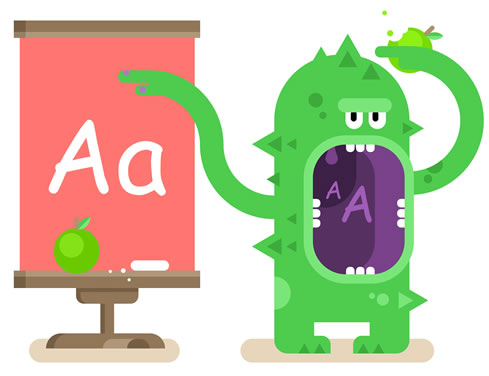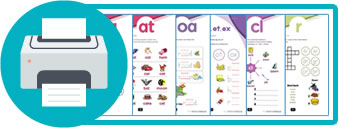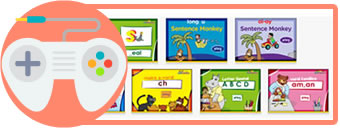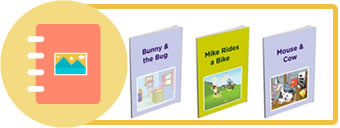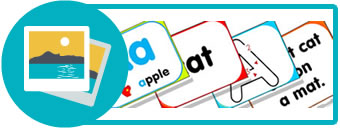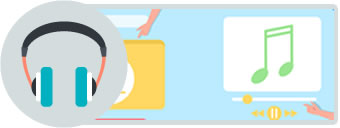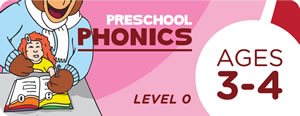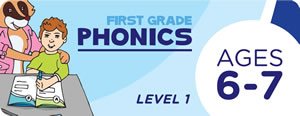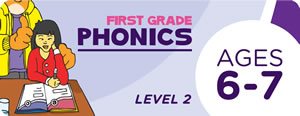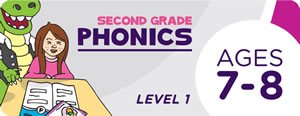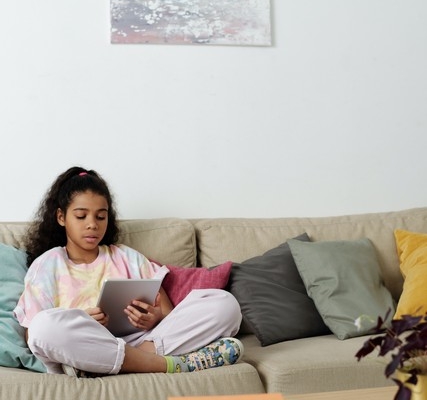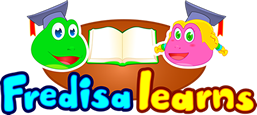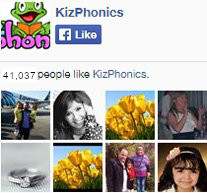PHONICS ACTIVITIES
Teach kids to Read with the One-Stop Phonics Platform!
Explore by Level:
Kiz Phonics is an excellent progressive program to teach kids to read using a synthetic phonics approach. You get a complete set of activities to teach phonics, structured by levels from preschool, kindergarten, 1st grade to 2nd grade. We offer the following phonics activities for your preschool, kindergarten, first and second grade learners:
The Kiz Phonics program is carefully arranged by levels from Preschool Ages 3-4, Kindergarten Ages 4 -6, 1st Grade Ages 6-7 & 2nd Grade Ages 7-8. It is suitable for school teachers, home-school parents and other educators trying to help children learn to read.
Kids Phonics Teaching Resources
Phonics Worksheets
Teach phonics with the highest quality pdf print outs. Our phonics worksheets are structured by level.
Phonics Games
Practice key phonemes, sentence reading and word blends with highly engaging interactive phonics games by level.
Phonics Lesson Videos
Use our phonics video lessons to teach phonemic awareness, word blending and print awareness by level.
Phonics Stories
Find 21 phonics stories to build learners’ confidence in early literacy. The stories are carefully developed around the phonemes.
Flashcards & Charts
We offer printable phonics flashcards, phonics charts and wallpapers for classroom teaching and phonics homeschooling.
Phonics Program by Level - Preschool to 2nd Grade
Learn More
Learn More
Learn More
Learn More
Learn More
Learn More
Phonics Articles
Testimonials
Why Use Kiz Phonics?
Deliver the joy of learning to read by using the Kiz Phonics curriculum and phonics activities. Phonics is a method of teaching children to read by combining letters to form sounds. As such, preschoolers usually begin with print awareness using the 26 letters of the alphabet. These letters can be combined to form sounds called phonemes. In a synthetic phonics approach, kids blend sounds to read full words. Reading comprehension is not an immediate priority at the early phases. Phonics teaches kids to read unfamiliar words. It is a more effective method for learning to read compared to word recognition. As learners are different, you need a varied set of resources to teach phonics – phonics worksheets, phonics games, phonics flashcards, listening materials, word families activities, phonics short stories, phonics lesson videos, and PowerPoint – we got you covered!
Teaching kids to read is not solely the job of the classroom teacher. Parents, both native and non-native English speakers, can follow our guidelines and phonics activities to bring kids from zero to hero in reading. It is an absolute joy to watch your child begin the baby steps of combining letters and sounds to read unfamiliar words. Sign up today and make full use of the most effective activities designed to teach your child to read through phonics.
Unlock the Magic of Reading: Learning to Read with the Phonics Method
The Phonics Method: A Comprehensive Guide to Learning to Read
Learning to read is a monumental milestone in any child's life, and there are various ways to approach it. One of the most effective and widely used methods is phonics. In this guide, we'll delve into the phonics method for kids, providing you with valuable insights into phonics worksheets, phonics games, and phonics songs, among other resources.
Phonics Definition: What Is Phonics?
Phonics is a method of teaching reading by correlating sounds with letters or groups of letters in an alphabetical writing system. In simpler terms, phonics connects the dots between the sounds we hear and the letters we see. Understanding phonics can significantly help children decode words, thereby improving their reading and comprehension skills.
The Importance of Phonics Alphabet
The phonics alphabet is the cornerstone of any phonics curriculum. This specialized alphabet focuses on teaching the sounds associated with each letter, aiding in the child's ability to recognize and understand words. Knowing the phonics alphabet equips children with the tools they need to decode unfamiliar words, fostering an increased level of reading confidence.
Getting Hooked on Phonics
The term "Hooked on Phonics" is more than just a catchy phrase; it symbolizes the transformative power of this teaching method. Children who grasp phonics early on often show accelerated progress in reading, writing, and comprehension. They're "hooked" because phonics makes reading understandable and enjoyable, serving as a strong foundation for a lifetime of literacy. Although it is associated with a successful brand, Kiz Phonics has been shown to be simply effective.
Phonics Games: Learning Through Play
Children learn best when they're having fun. Phonics games offer an interactive way for kids to grasp the connection between letters and sounds. Whether it’s online games or board games, this approach makes the learning experience more engaging. Games often target different skills—from letter recognition to word formation—and they can be particularly helpful for reinforcing the phonics rules. For some engaging phonics games suitable for kindergarten and beyond, check out Kiz Phonics.
The Power of Phonics Songs and ABC Songs
Music is a powerful educational tool, particularly for younger children. Phonics songs and ABC songs can introduce kids to the sounds and letters of the alphabet in a fun and engaging way. These songs are catchy and memorable, which aids in the retention of the information. You might find that your child hums along to a phonics song, absorbing vital literacy skills without even realizing it!
Phonics Worksheets: Practice Makes Perfect
Worksheets play an integral part in any phonics curriculum. Phonics worksheets provide children with the opportunity to practice what they’ve learned in a structured format. These worksheets can range from tracing letters to completing word puzzles and can be targeted for different age groups, including resources like kindergarten worksheets.
Understanding Sound Charts
Sound charts or phonics charts are visual aids that display the various sounds and their corresponding letters or letter combinations. These charts serve as quick references for children, helping them recognize and remember the phonetic sounds. Placing a sound chart in your child's study area can reinforce daily learning.
Phonics Rules: The Backbone of the Method
While phonics offers a more intuitive approach to reading than memorization, it does have its rules that need to be understood. These phonics rules provide a framework for understanding the relationship between letters and sounds, guiding children through the complexities of the English language. An example could be the rule that an 'e' at the end of a word often makes the vowel sound long, as in 'cake'.
Phonics Teaching: How to Approach It?
Effective phonics teaching combines various resources like games, worksheets, songs, and sound charts. It's also important to offer consistent practice and to proceed at a pace comfortable for the child. Each child is unique, and the phonics teaching method must be flexible enough to accommodate these individual needs.
A Comprehensive Phonics Curriculum: The Final Piece of the Puzzle
The various components we've discussed—games, songs, worksheets, sound charts, and rules—come together to form a comprehensive phonics curriculum. A well-rounded curriculum considers the child's age, skill level, and learning preferences, providing a multi-faceted approach to phonics instruction. To explore a program that encompasses all these elements, you can visit Kiz Phonics which is among the most effective, right up there with Jolly Phonics and Hooked on Phonics.
Concluding Thoughts: The Lifetime Benefits of Phonics
Learning to read is a skill that sets the groundwork for academic success and overall confidence. Phonics serves as an effective, intuitive, and engaging method to accomplish this. With the right approach, incorporating phonics songs, phonics worksheets, and phonics games can make the learning process an enriching experience for children. Set your child on the path to literacy by embracing the power of phonics.



